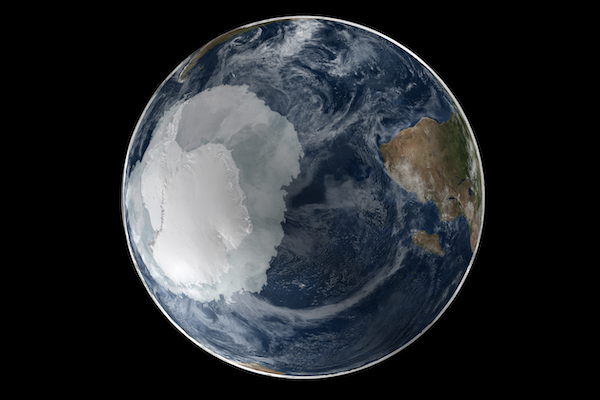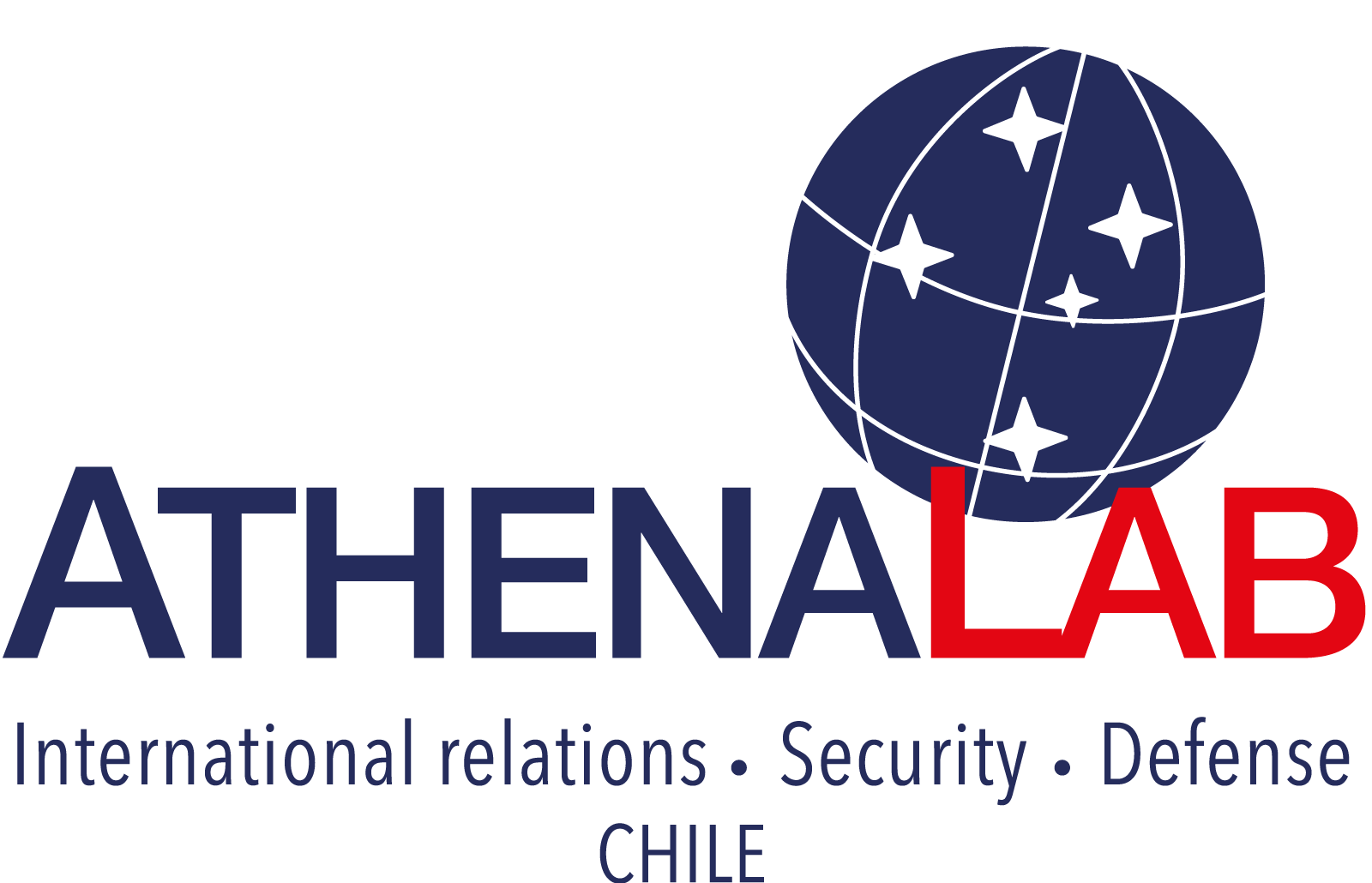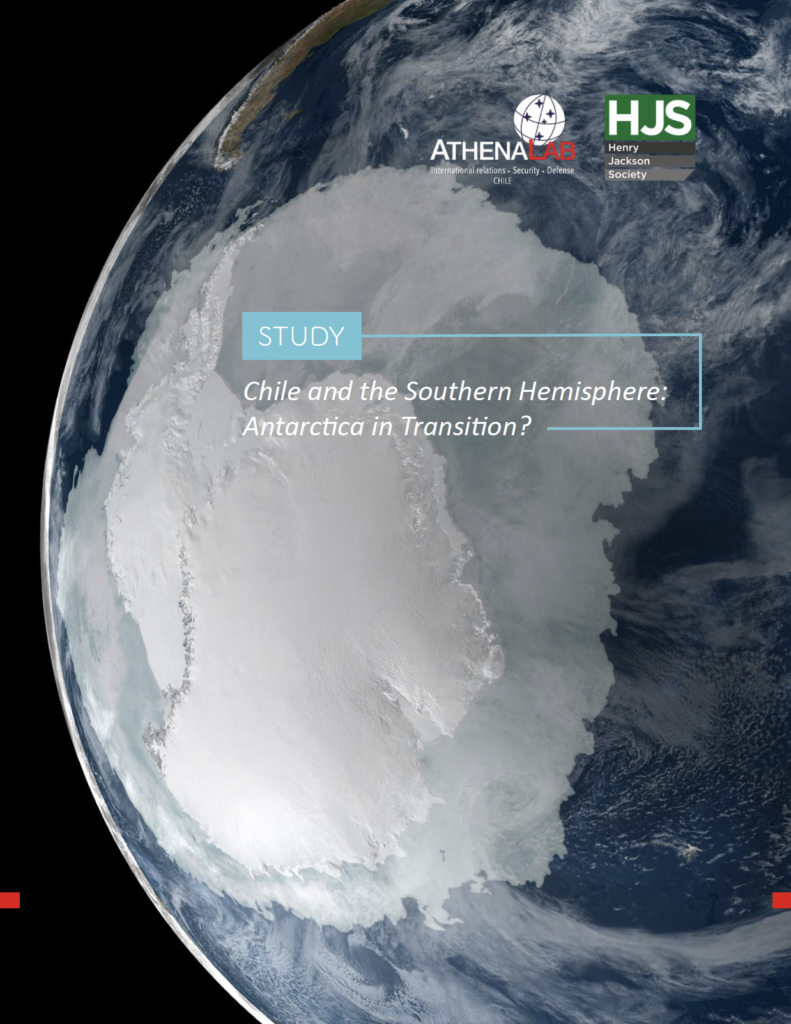
● Antarctica is currently governed by the Antarctic Treaty System (ATS), which has been effective since 1961 and comprises the Antarctic Treaty (signed in 1959) and a series of related agreements. In total, there are 12 signatories to the ATS and 54 parties to it.
● Of the ATS’ signatories, seven – Argentina, Australia, Chile, France, New Zealand, Norway, and the United Kingdom (UK) – have made claims on Antarctic territory. Other signatories – particularly, the United States (US) and Russia – have reserved the right to make future claims.
● In recent years, these “established” Antarctic powers have been joined by an additional group of increasingly active countries, including South Korea, Turkey, and India. Chief amongst these is China.
● A signatory to the Antarctic Treaty, China has dramatically amplified its activities in the Southern Hemisphere, including Antarctica, as its economic and political power has grown over recent decades. Speaking in 2014, Xi Jinping declared that one of China’s foreign policy goals was to join the ranks of the “Polar Great Powers” (Jidi Qiangguo), itself a component of its broader strategic agenda to become the world’s leading power by the middle of the twenty-first century.
● Despite the coherence of the ATS, the two prevailing “megatrends” of the present era – accelerating climate change and growing geopolitical competition between the major powers – appear likely to affect Antarctica and the broader Southern Hemisphere.
● To this end, the report constructs four scenarios for Antarctica through to 2050. These scenarios were developed through a series of interviews and workshops with academics, policymakers, and other experts, and provide a dynamic view on the continent’s future depending on how the two “megatrends” develop.
● The scenarios are:
○ “Glaciation”, in which climate change continues at the rate of current projections (a mean temperature increase of around 1.5°C) and global competition continues at the current level;
○ “Skirmish”, in which climate change continues at the rate of current projections but global competition increases from 2020 levels and this has an impact on Antarctica;
○ “Gaia”, in which climate change increases beyond the rate of current projections (a mean temperature increase of around 2°C) but the major powers “ring fence” Antarctica from competition from elsewhere; and
○ “Inferno”, in which climate change increases beyond the rate of current projections (a mean temperature increase of around 2°C) and global competition increases substantially from the 2020 level, with severe consequences for the broader Southern Hemisphere.
● As Chile attempts to reposition itself as a regional power facing into the Indo-Pacific in the twenty-first century, it is clear that its posture toward Antarctica and its goals there are in greater harmony with those of Australia, New Zealand, and the UK, than with others. It is also important that Chile does not inadvertently empower any countries that may – in the longer term – be antithetical to the country’s Antarctic position and interests, as well as those of its allies and partners.
Temas relevantes


No te pierdas ninguna actualización
Suscríbete a nuestro newsletter de forma gratuita para mantenerte informado de nuestros lanzamientos y actividades.
Suscribirse





